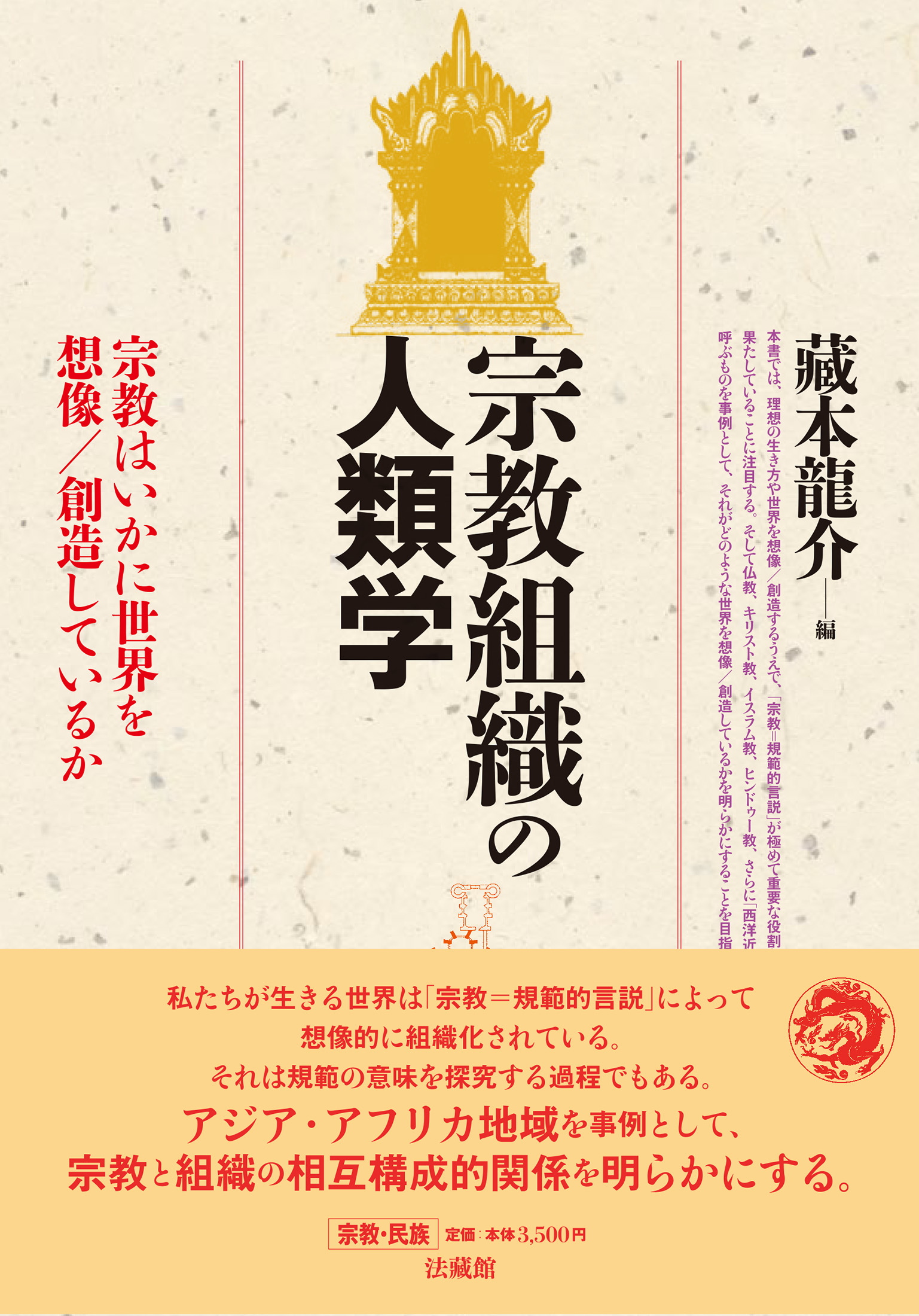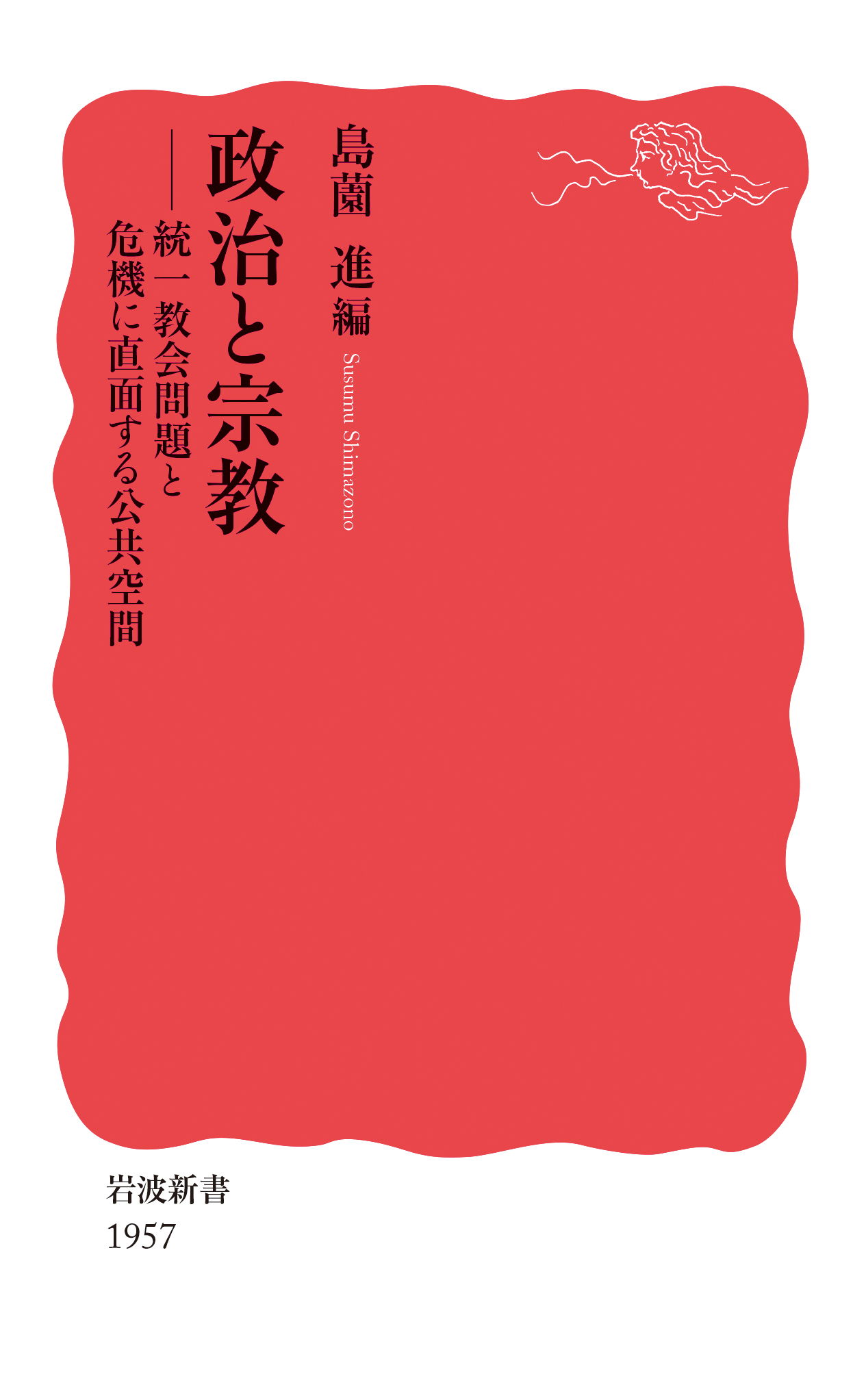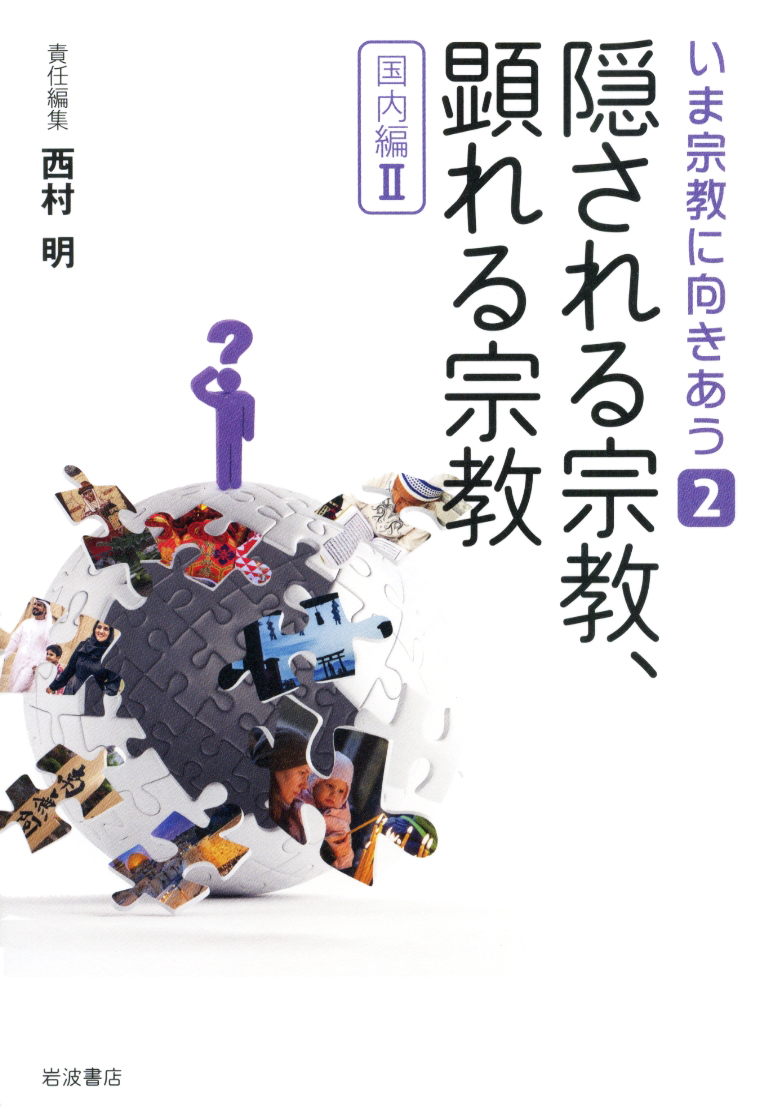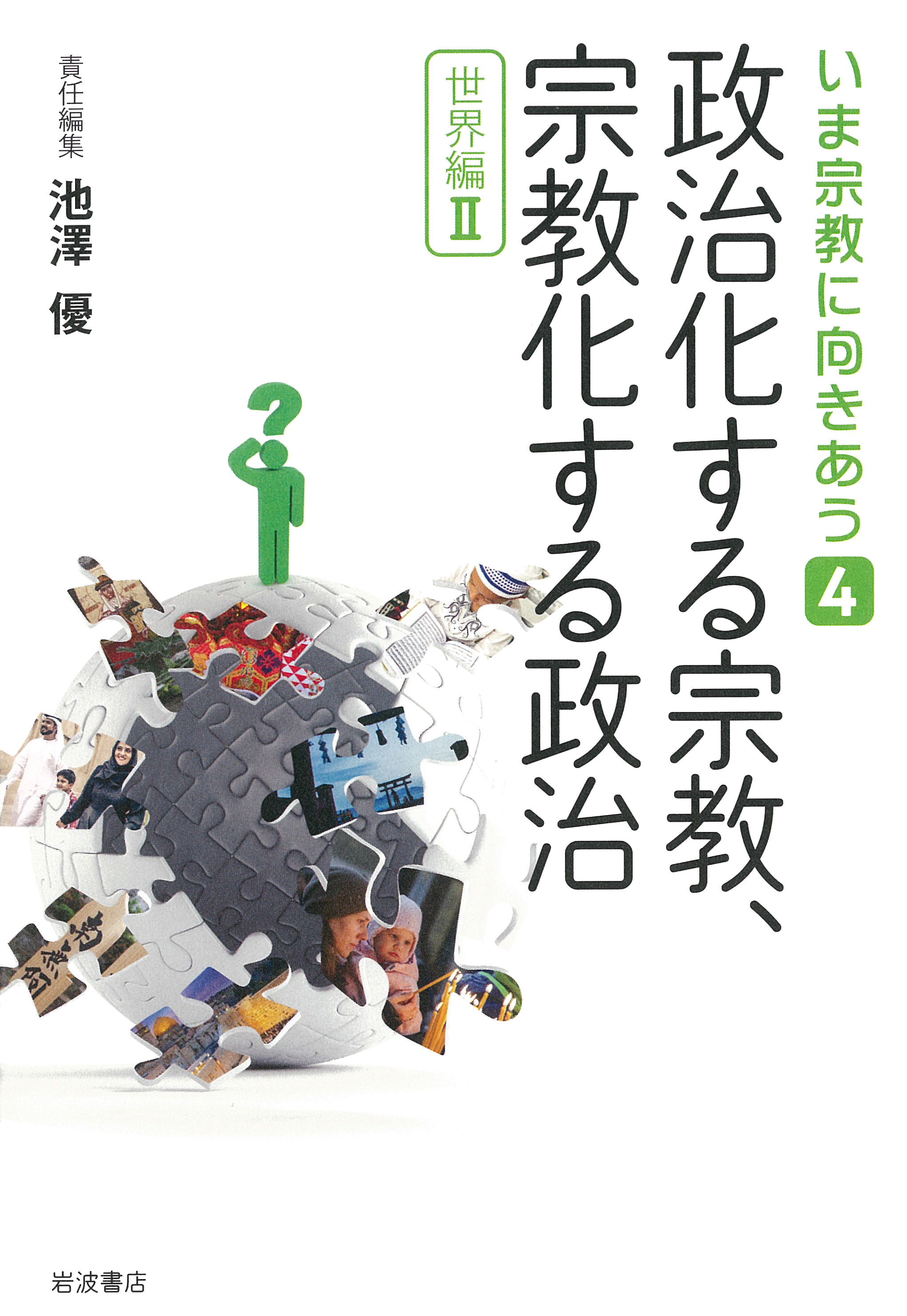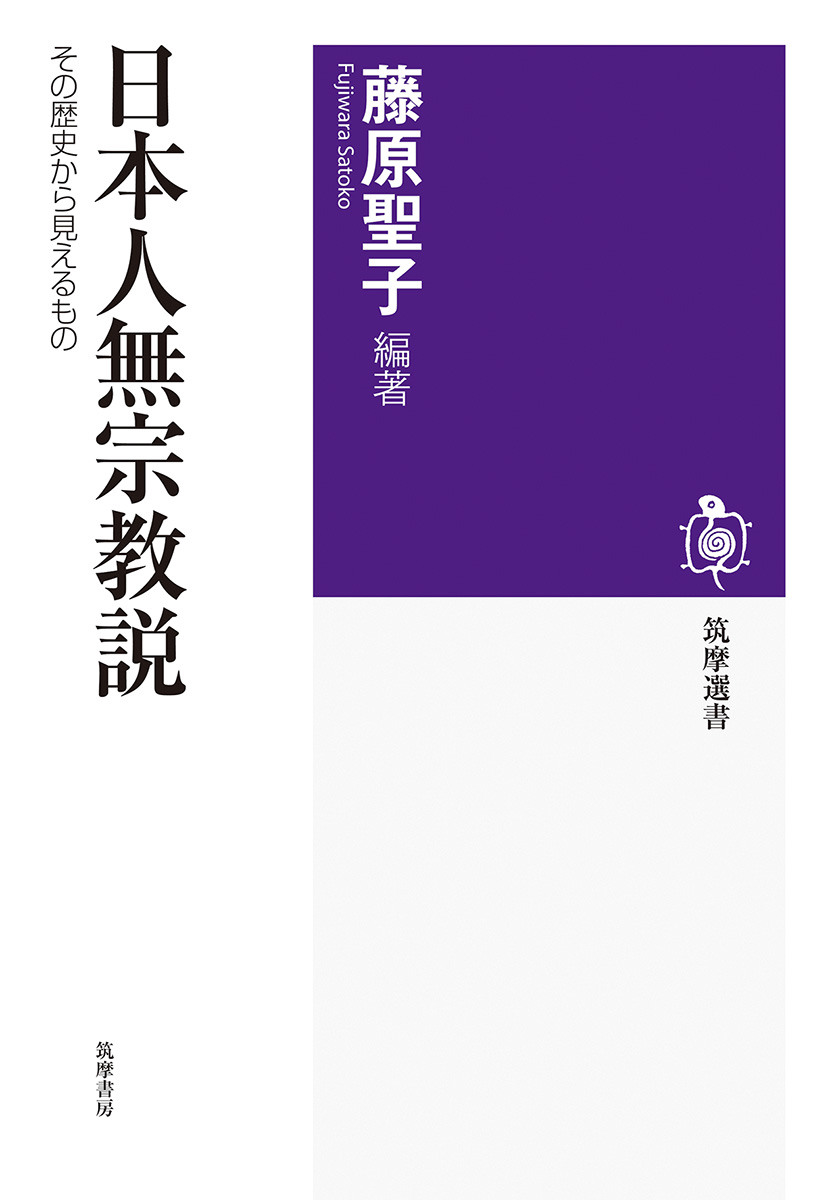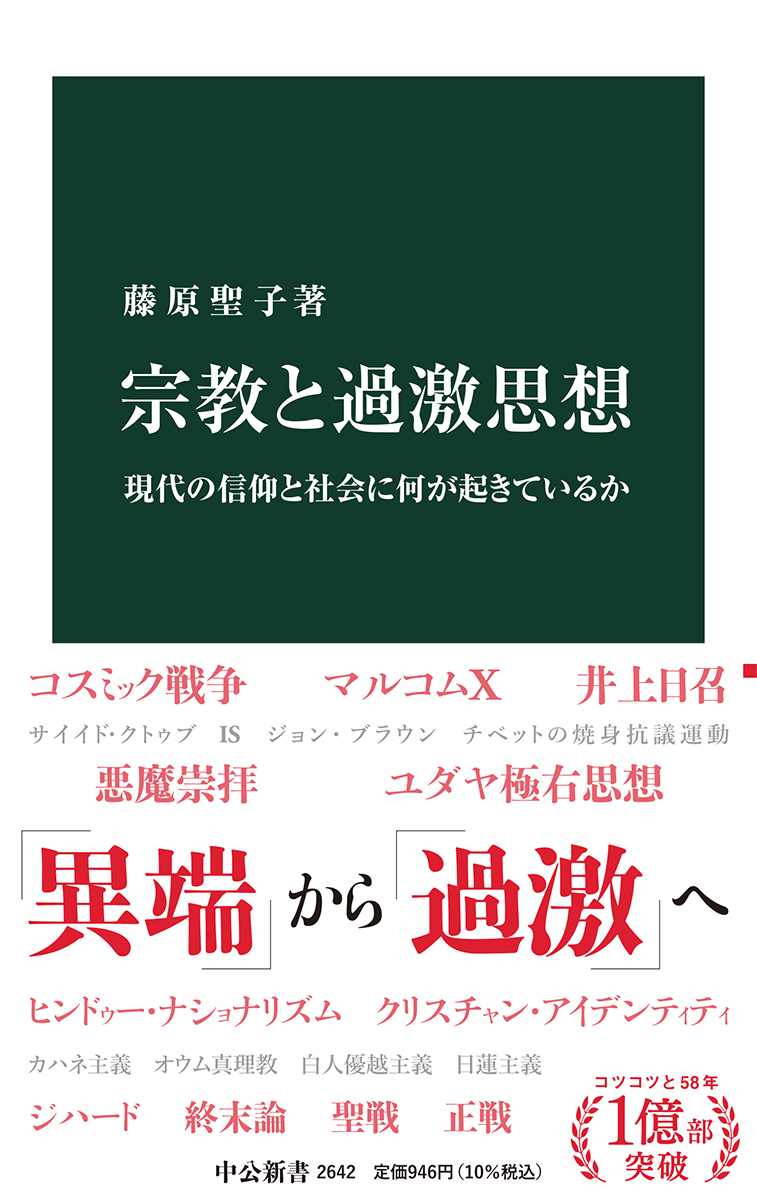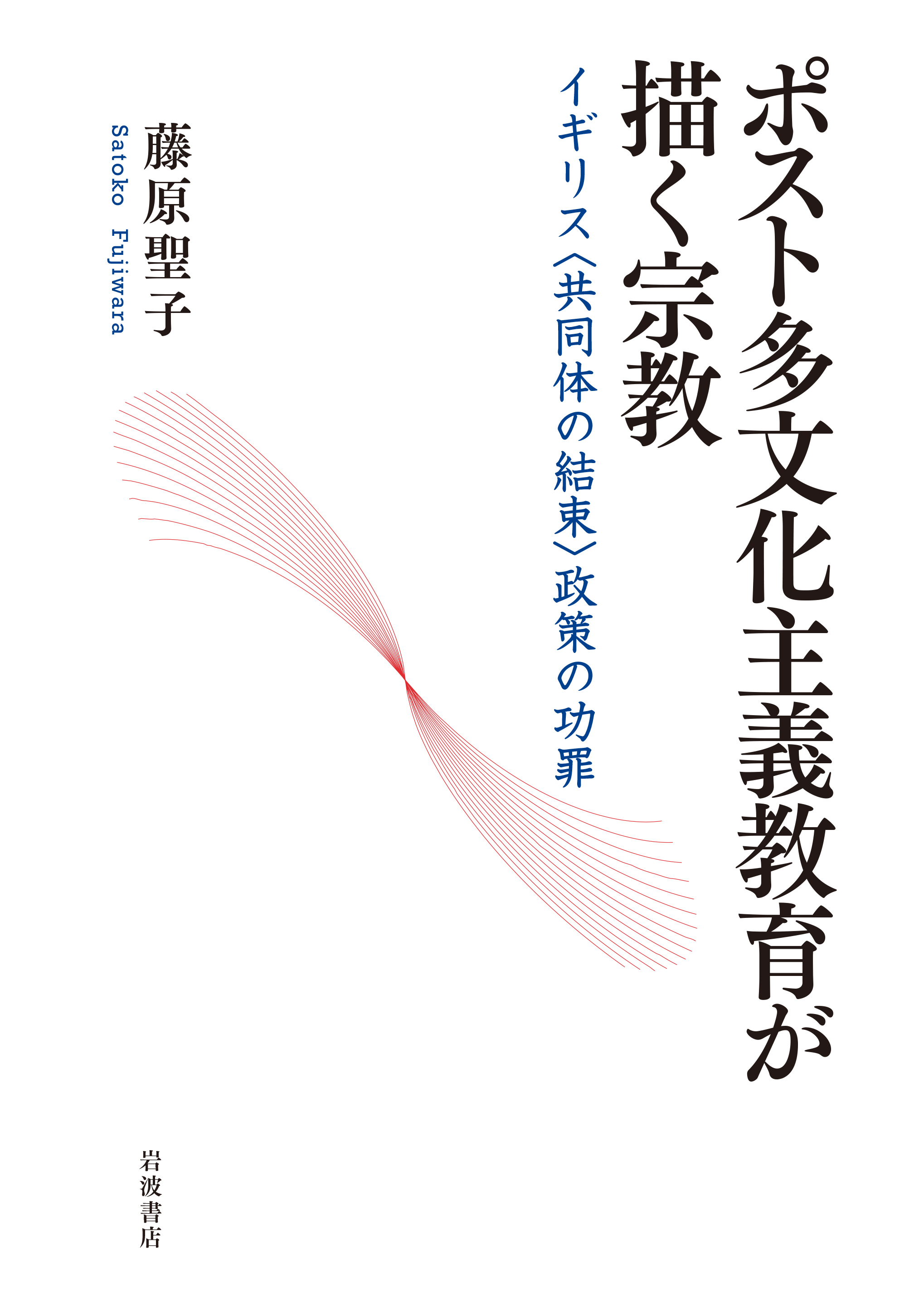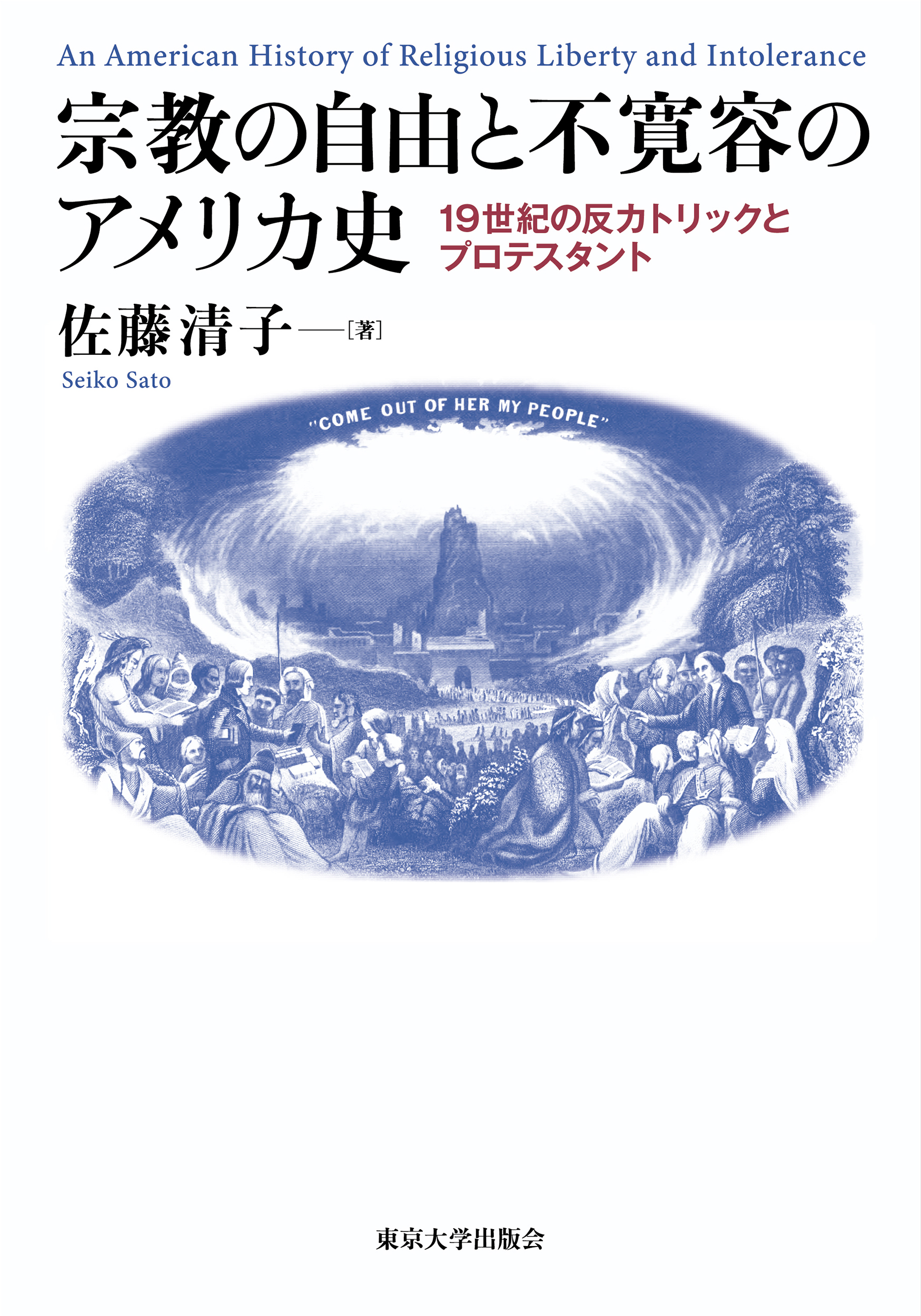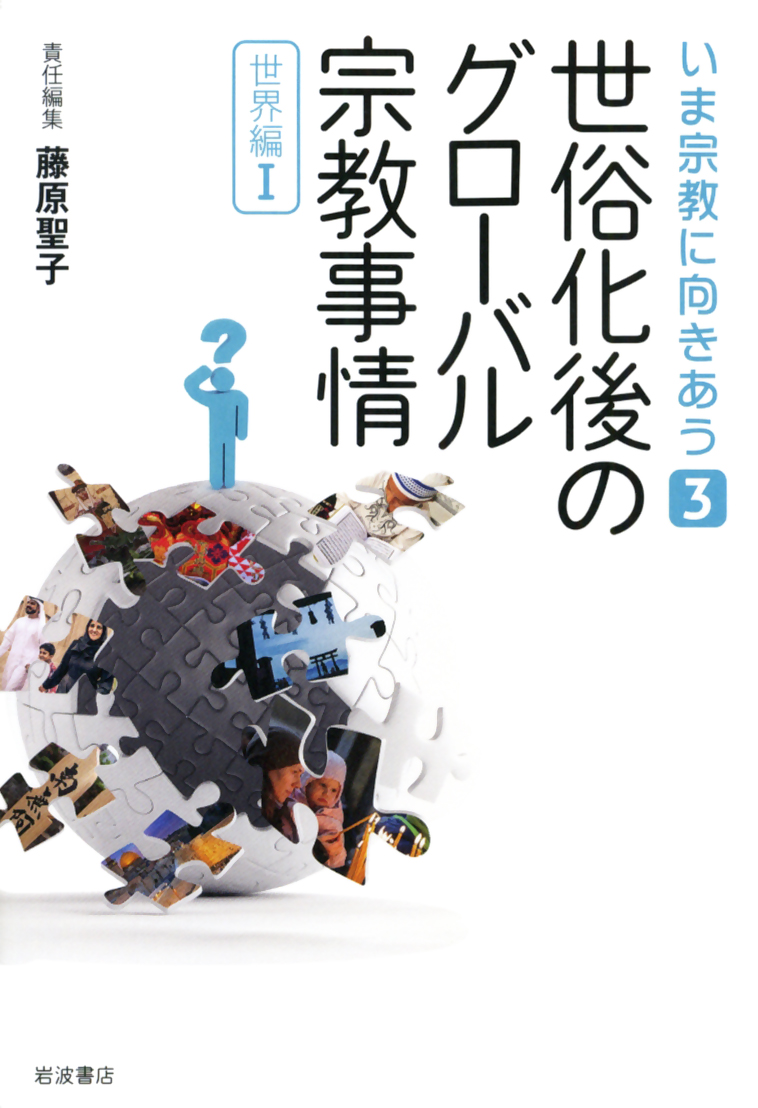
Title
Facing Religions Right Now 3 Sezokuka Gono Gurōbaru Shūkyo-jijyō (The Post-Secular Global Landscape of Religions
Size
286 pages, 127x188mm, softcover
Language
Japanese
Released
November 22, 2018
ISBN
9784000265096
Published by
Iwanami Shoten
Book Info
See Book Availability at Library
Japanese Page
The Post-Secular Global Landscape of Religions is the third volume of the series “Encountering Religion,” edited by four faculty members of the Graduate School of Humanities and Sociology. It is a festschrift compiled by the younger colleagues and students of Susumu Shimazono, a professor emeritus of the Department of Religious Studies at the University of Tokyo, and one of the most prominent Japanese scholars of religion. While the first two volumes focus upon religions in Japan, the third and fourth volumes cover religions in different countries and regions in the world.
While there are English books on religions in the contemporary world that are circulating internationally, this series is unique because almost all its chapters are written by Japanese scholars. This includes not only the chapters on religions in Japan but also those on religions in Europe, Americas, and Asia, reflecting the recent developments in Japanese scholarship on religion. Consequently, the series has both strong and weak points. For example, in the third volume, the arguments are remarkably coherent for a book of collected papers. The introduction presents a table that describes three major phases of the contemporary landscape of religions in the world– modern, postmodern and anti-modern. The chapters that follow identify the phases they refer to and also examine the extent to which the table is over-generalized. The weakest point of this volume may be that it lacks a chapter on religions in (sub-Saharan) Africa because we, the Japanese scholars of religion, have failed to produce Africanists since the 1990s, which is largely a result of the pressures on graduate students to complete their Ph.D. in a shorter period.
Targeting a student readership, the series also encourages readers to think critically of topical issues such as “After all, has religion declined or not?,” “Is Islam a region of terrorism?,” “Are New Religious Movements and spiritual cultures offering revolutionary alternatives or, rather, adapting to the system?,” “Does globalization diversify or homogenize existing religions?.” These questions are presented in the third volume with references to major theses and positions regarding these issues, as well as concrete cases, thus, enabling readers to form well-informed answers on their own.
In addition to these theoretical reflections, the case-studies given in each chapter would be revealing for readers who are usually only exposed to media-presented images of religions. They will learn about subtle changes in everyday religion taking place behind a series of sensational news, the rise of religious phenomena that people no longer recognize as “religions”(e.g. fictional religions on the internet), increased and multi-faceted interactions caused by globalization (e.g. global Shinto). The series thus equips readers with enduring perspectives that are necessary to “encounter religions” now and in the future.
(Written by FUJIWARA Satoko, Professor, Graduate School of Humanities and Sociology / 2020)



 Find a book
Find a book


 eBook
eBook